The Biological Mechanisms of Animal Metamorphosis
Introduction
Metamorphosis is a biological process that involves a conspicuous and relatively abrupt change in the body structure of an animal, typically as the final stage of its development after birth or hatching. This process is most commonly observed in amphibians and insects, although it can also occur in other animal groups. Metamorphosis is a complex and fascinating phenomenon that has intrigued scientists for centuries, and continues to be a subject of active research in the field of developmental biology.
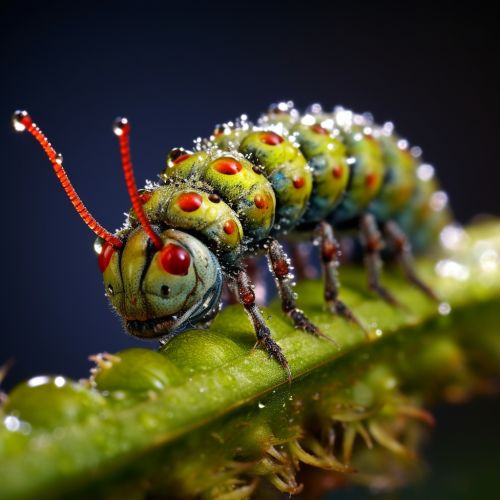

Types of Metamorphosis
There are two primary types of metamorphosis observed in the animal kingdom: complete metamorphosis (holometabolism) and incomplete metamorphosis (hemimetabolism).
Complete Metamorphosis
Complete metamorphosis is characterized by four distinct life stages: the egg, larva, pupa, and adult. This type of metamorphosis is most commonly seen in insects, such as butterflies, moths, beetles, and flies. In this process, the larva hatches from the egg and grows by consuming food and molting its exoskeleton. Once the larva has reached a certain size, it enters the pupal stage, during which it undergoes a dramatic transformation into its adult form.


Incomplete Metamorphosis
Incomplete metamorphosis, on the other hand, involves only three life stages: the egg, nymph, and adult. This type of metamorphosis is observed in insects such as dragonflies, grasshoppers, and crickets. The nymph that hatches from the egg resembles a smaller version of the adult, and it grows into its adult form through a series of molts without a pupal stage.
Biological Mechanisms of Metamorphosis
The biological mechanisms that drive metamorphosis are complex and involve a number of physiological changes and genetic factors. These mechanisms are regulated by hormones, which are chemical messengers that coordinate the various processes involved in metamorphosis.
Hormonal Regulation
The two main hormones involved in insect metamorphosis are the juvenile hormone (JH) and the molting hormone, ecdysone. The balance between these two hormones determines whether an insect will molt into a larger larva or undergo metamorphosis into a pupa or adult.
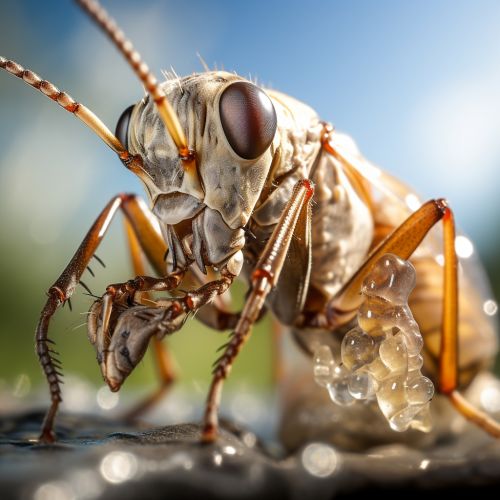
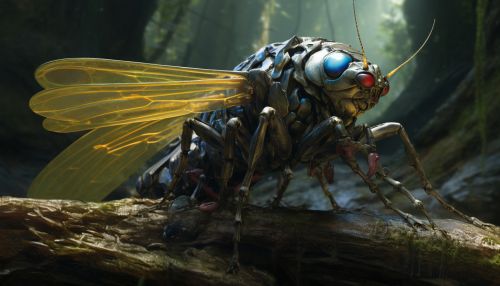
Genetic Factors
In addition to hormonal regulation, genetic factors also play a crucial role in metamorphosis. The genes that control metamorphosis are highly conserved, meaning they are similar across different species. These genes are responsible for initiating the various developmental changes that occur during metamorphosis, such as the formation of wings and the development of reproductive organs.

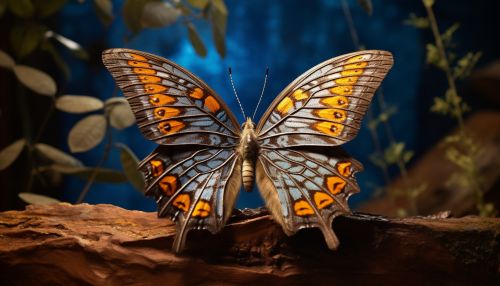
Evolution of Metamorphosis
The evolution of metamorphosis is a topic of ongoing research and debate among scientists. One theory suggests that metamorphosis evolved as a way for different life stages to exploit different ecological niches, thus reducing competition for resources within a species. Another theory proposes that metamorphosis evolved as a means of avoiding predators by changing the organism's size and appearance.

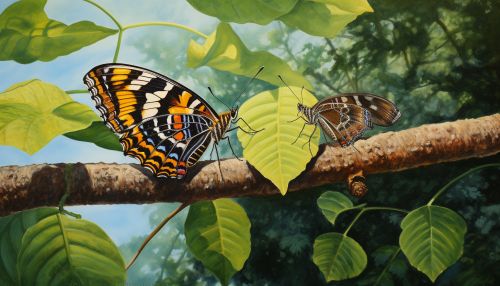
Conclusion
Metamorphosis is a complex biological process that involves a dramatic transformation in an animal's body structure. This process is regulated by hormones and genetic factors, and its evolution is thought to have been driven by ecological pressures. Despite centuries of study, metamorphosis continues to be a subject of active research, and there is still much to learn about the intricate mechanisms that drive this fascinating process.
